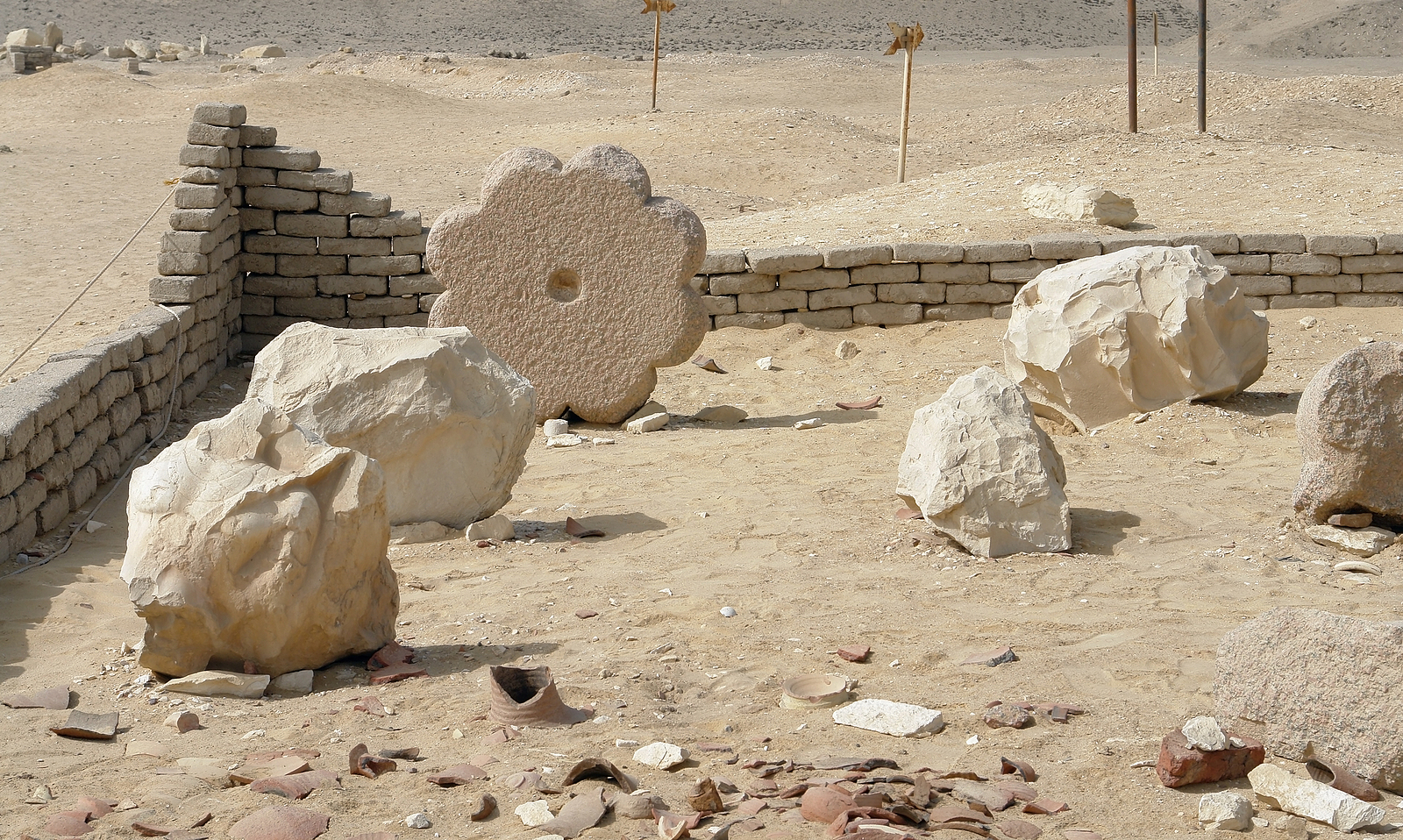History & Heritage
9.8.2022
In Egypt, the Labyrinth of Hawara, bastion of humanity’s secrets

The Meridian Labyrinth or Labyrinth of Hawara, first discovered in 1888 by Egyptologist Flinders Petrie, could, according to researchers, correspond to the one described by ancient authors: a huge and mysterious construction still immersed in the desert sands.
According to many ancient authors, from Herodotus to Strabo, from Diodorus to Pliny, there is a mysterious labyrinth in Egypt that holds important secrets concerning the history of Egypt and of humanity as a whole. It is the Labyrinth of Hawara, south of the pyramid of Amenemhet III, an architectural complex with thousands of rooms, still submerged in the desert sands.
According to ancient accounts, the labyrinth consisted of over 3,000 rooms on two levels, 12 courtyards and a single wall. Herodotus, who claims to have seen it with his own eyes, states that the roofs were made entirely of stone and the walls covered with carvings.
Building kings and sacred crocodiles
He also states that he was not allowed to visit the underground part by order of the Egyptians, as this is where the tombs of the 12 builder kings and the remains of sacred crocodiles were located. Instead, Strabo mentions long underground tunnels and roofs made of a single stone. On the other hand, Pythagoras describes the labyrinth as an enormous building.
Voir cette publication sur Instagram
In fact, ruins of this ancient construction, first located by the Egyptologist Karl R. Lepsius, north of Hawara, in the Fayum, near Lake Meride, were discovered as early as 1888 by the Egyptologist Flinders Petrie. However, there was not enough evidence and findings to prove that this was the famous labyrinth.
Suspended reasearches
Researchers from the Mataha expedition made another attempt in 2008, discovering, through the use of ground penetrating radar, the presence of clear grid structures under the sand, precisely in the area studied by Petrie, who at the time would have mistaken the ceiling of the labyrinth for the ground.
In 2008, the data from the discovery was published in the scientific journal NRIAG, but soon afterwards the Secretary of Egypt’s Supreme Council of Antiquities, Zahi Hawass, suspended all disclosure. After some time, the Mataha Expedition researchers decided to share their incredible discoveries with the world by creating a thematic website. But nothing has happened since and the Labyrinth of Hawararemains a mystery to this day.
popular

